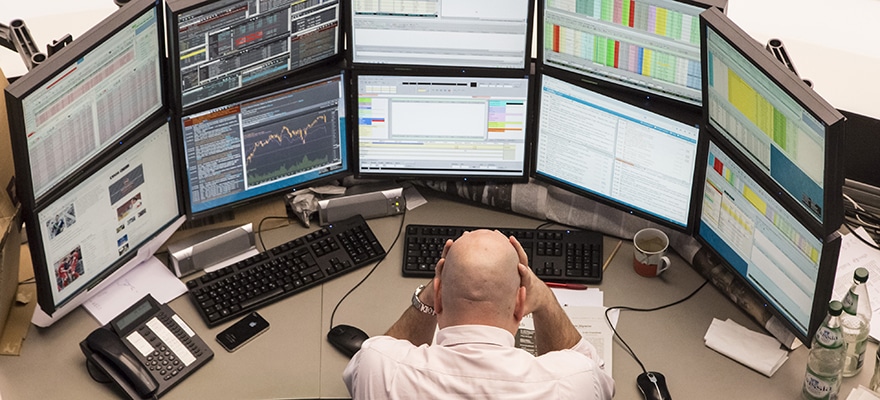The FX industry continues to develop at a rapid pace with the application of innovation and the relentless evolution of products and services. Whether I was looking to work with a technology partner for the provision of a platform or had chosen to build a platform in-house, there are a few key principles that I would expect covered by any solution. Fundamentally, I would want a platform that offers a good deal of flexibility whilst providing a stable, fast and scalable architecture for all core functions and workflows.
In terms of the flexibility required of an FX platform, I would look in detail at the following areas of functionality:
- Front-end coverage – Front-end support for web and the major mobile and tablet platforms is a must-have in today’s market for brokers looking to maximise customer acquisition and retention. Having each user interface built on a framework that facilitates a high degree of customisation means that each UI can be kept looking fresh and up-to-date with current user experience trends. Support for multiple languages is essential for brokers looking for geographic expansion. If I was working with a technology partner, I would also expect to have access to all core front-end trading functionality via a Client API. This would give me the option to develop my own unique trading user interfaces regardless of device (e.g. Android tablet) and my chosen programming language.
- Front-end functionality – Recognising that differentiation is a critical success factor in a crowded market and that it is no longer true that “one size fits all”, I would look to launch multiple flavours of the web and mobile front-end interfaces, all connected to a single FX platform. This would allow me to offer different functionality and markets to meet the needs of specific groups of customers without having to handle the costs and complexities of setting up and maintaining multiple platforms.
- Risk – I would expect a suite of tools providing my dealing desk with a clear and concise real-time view of house, market and client risk across the platform. The ability to place hedge trades manually and automatically, set alerts against risk limits and the facility for the desk to drilldown through the levels of data to a single trade view are all essential functions of a world-class FX platform.
- Back-office – An FX platform cannot function correctly without an intuitive yet powerful management back-office to allow for platform set-up and configuration. I would expect to be able to quickly add and modify markets and client records, adjust profiles and parameters and carry out rollover and settlement activities. A range of reports are also needed to satisfy the needs of compliance, accounting, marketing, etc.
- Connectivity – API access to facilitate the flow of data into and out of an FX platform is essential. Open access to static, historic and real-time data using standardised methods, such as REST or FIX, allows for easy integration to peripheral technologies including CRM, affiliate management software, social trading platforms and algorithmic trading interfaces. An FX platform that does not provide open API access to data and core functionality makes collaboration with other systems very difficult and would mean that all new functionality would need to be built as a closely-coupled extension of the core platform.
- Liquidity – I would expect to be able to choose the liquidity sources that best suited my business with the ability to be able to add and remove Liquidity Providers as my business developed.
- Hosting – Would I chose a Software-as-a-Service solution or look to host my trading infrastructure in-house? Despite the additional financial burden and technical expertise required to run my own IT infrastructure, I would want to host my own platform and take full responsibility for managing and securing my own data.


















